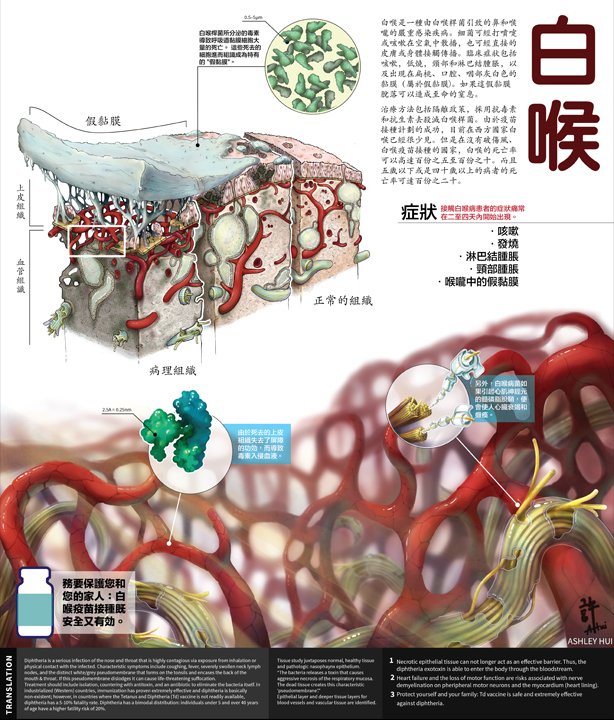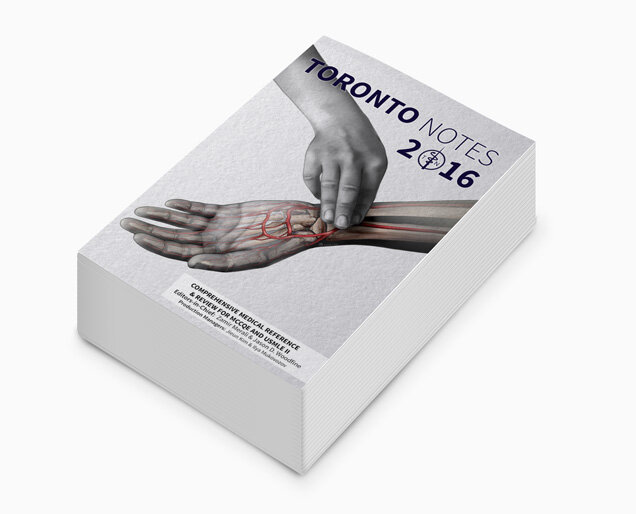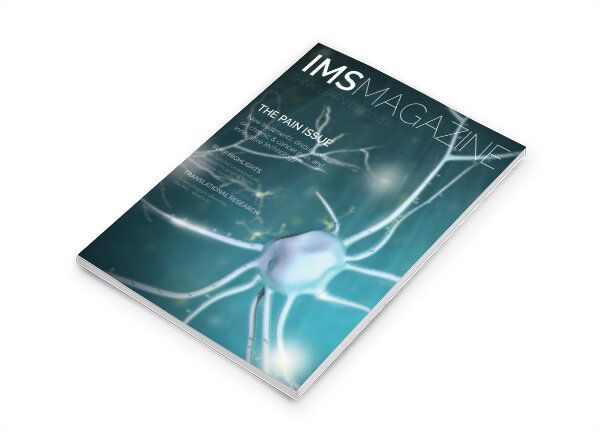Featured medical illustrations for grants, journals, and other publications
[PUBLICATION]
New techniques in neurosurgery at SickKids hospital (Toronto, ON)
Working with Dr. J Drake at SickKids Hospital for grant illustrations that depict the new techniques of using smart tools for a minimally invasive corpus callosotomy with the key intention to improve upon, and vastly shorten post-operative healing time for the patient.
Figure caption: The smart material tool shaft features a two-pronged system that both grasps and cuts. The corpus callosum is then gently separated with the pericallosal artery marking the superior anatomical landmark.
白喉: Pathology of Diphtheria
This medical poster visualizes the pathology of diphtheria (bacterium Corynebacterium diphtheriae) — the necrosis of mucosal membrane, and how severe infection can lead to nerve damage, respiratory complications, and death.
The World Health Organization has recommended vaccination against diphtheria since 1974. And today, vaccinations has resulted in a more than 90% decrease in number of diphtheria cases globally between 1980 and 2000.
2015 AMI Salon Winner — Association of Medical Illustrators
[PUBLICATION]
Toronto Notes 2016 & 2015
For 30+ years, Toronto Notes has been a premier study resource for the Canadian MCCQE and USMLE Step II medical licensing exams. It provides concise and comprehensive information on the objectives covered by these exams, including the most recent best practice guidelines and up-to-date trials for clinical practice. Toronto Notes is an excellent resource for clinical rotations and this text contains 30 subject-specific chapters.
2015 and 2016 covers
Select figures:
Neuroanatomy: Classification of aphasia
Dermatology: Bacterial skin infections and their associated layers of dermis and/or epidermis
Cardiology: Learning to read an ECG from P wave to T wave and understanding vectors based on Lead II
Emergency medicine: FAST method – the four key locations to consider and their schematic ultrasound views
Plastic surgery: Nail anatomy




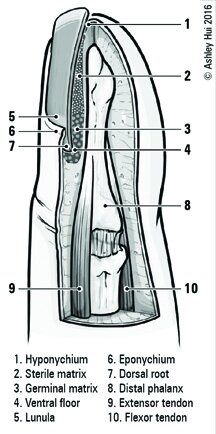
Hospital graphics: Emergency Preparedness & PPE
Highlighting various types of protective equipment as well as the proper procedure to put on an N95 mask for airway protection.
Instructional image aimed for hospital staff at the Trillium Health Partners (Ontario). Storytelling through clear visuals guide the viewer through a simple task: in this case, proper procedure for wearing an N95 mask. This instructional image utilizes flat colour and strong graphic outlines, which are appropriate in a hospital setting for easy viewing and quick reference.
[PUBLICATION]
IMS MAGAZINE: GRAPHIC DESIGN, ARTICLE LAYOUT, AND INFOGRAPHIC FEATURES
Collaboration with the Faculty of Medicine – as part of the IMS Magazine Design Team, responsibilities included the complete design & layout for all articles as well as creating eye-catching infographic features for each quarterly issue.
Spring issue – INFECTIONS & VIRUSES: comparing and contrasting different types of infections & viruses. Comparing types of transmission, infection statistics, as well as methods of prevention.
Winter issue – PAIN: visualizing stats for chronic pain in Canada and the types of non-cancer chronic pain.
[PUBLICATION]
MOLECULAR VIROLOGY – HPV: Its pathology and creation of the HPV vaccine
Cellular processes are impossible to visualize with the naked eye. These illustrations help describe how HPV enters the human body.
Figure caption: "Site of oropharyngeal cancer and HPV infection of the mucosal membrane: When there is a microabrasion or tear in the outer membrane, HPV virion can enter the mucosa and infect the proliferating cells in the basal layer. The virus enters the cell by endocytosis, and the genome can remain as an episome in the cytoplasm or enter the nucleus and integrate with the cellular DNA. When integrated, the oncoproteins, E6 and E7, can be expressed at stratum spinosum or stratum granulosum, where high viral replication occurs."
Figure caption: "Composition of VLP, authentic HPV virion, and potential peptide vaccine: Five L1 monomers form a capsomere. These capsomeres can spontaneously form a VLP. When L2 monomer is embedded in the capsomeres surrounding a viral genome, authentic HPV virion is formed. L2 monomer may be enough to function as a potential peptide vaccine."
Figure caption: "HPV genome organization: HPV genome is a double-stranded circular genome of around 7900 bp. It is divided into early, late and upper regulatory regions."
[PUBLICATION] Cell, Molecular Cell (2014)
T. Irrazábal, A Balcheva, SE Girardin, A Martin, DJ Philpott, "The multifaceted role of the intestinal microbiota in colon cancer" | CELL, Molecular Cell. 2014.
Depicting the TLR and NLR pathways that are hypothesized to generate innate immune responses to microbes in the colon and its role in carcinogenesis. The goal of the illustration is to show the possibility of the two pathways, as shown in the call-outs of the intestinal epithelium.
Role of Dysbiosis and Immune Dysfunctions in Colon Carcinogenesis
(A) Dysbiosis, as a result of inflammasome deficiencies, could promote tumorigenesis. Inflammasome-derived IL-18 is necessary for tissue repair, protection against tumors, and the maintenance of the microbial ecology equilibrium. In turn, this phenotype associated with the lack of IL-18 could be exacerbated by a dysbiotic microbiota that could lead to chronic inflammation, increased IL-6 signaling, and tumorigenesis. In intestinal epithelial cells, IL-6 activates STAT3 signaling, protecting normal and premalignant cells from apoptosis.
(B) Dysbiosis and immune dysfunctions may allow increased bacterial translocation due to altered barrier function. Microorganism-associated molecular patterns (MAMPs) are detected by Toll-like receptors (TLRs) present in epithelial cells, macrophages, and myofibroblasts, leading to the activation of different pathways that promote cancer development. Epiregulin (EREG) and amphiregulin (AREG) are epidermal growth factor receptor (EGFR) ligands and therefore induce proliferation through MAPK/ERK pathway activation. Th17 cytokines mark the early stages of CRC by induction of STAT3."
– T. Irrazábal, Molecular Cell, 2014
Introductory physiology for MScPT
For the Department of Physical Therapy at the University of Toronto, chapters include:
Energy metabolism
Cardiovascular physiology
Respiratory physiology
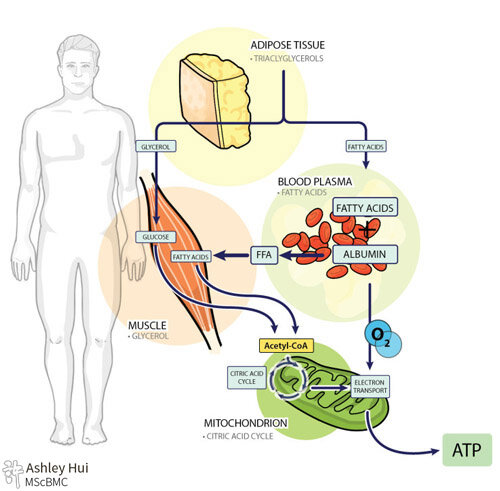

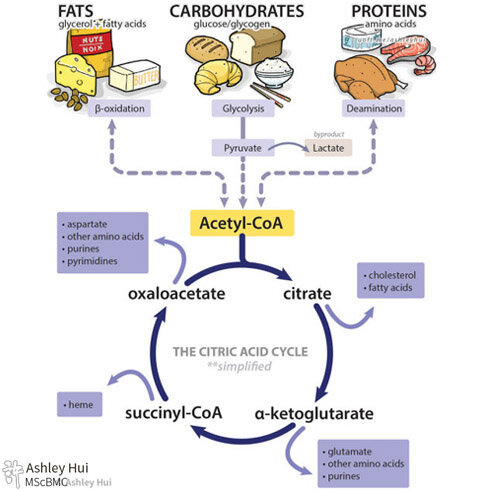


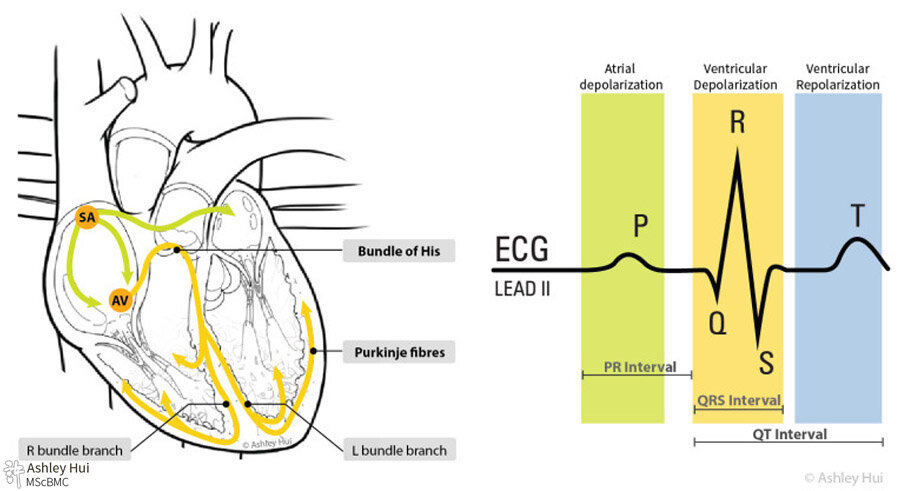
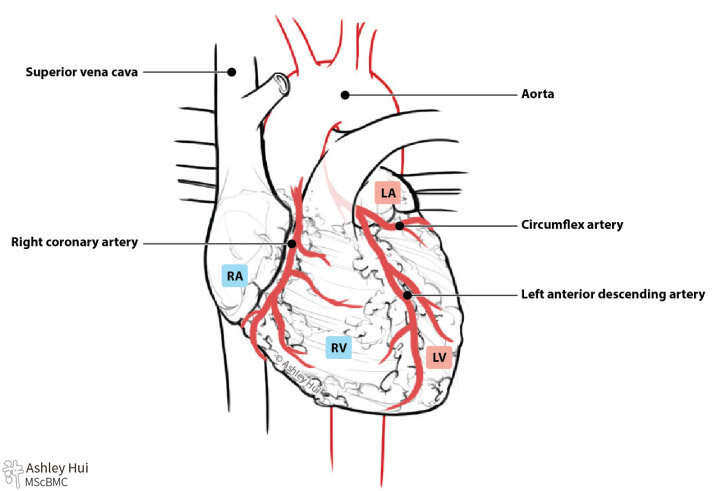
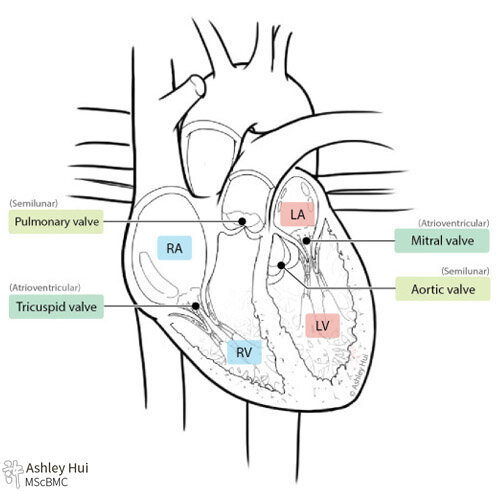



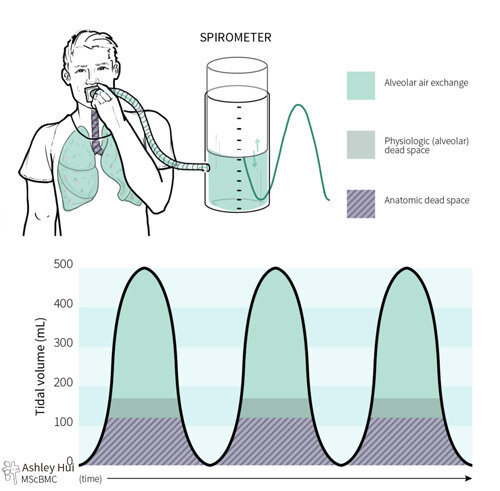

ANATOMY STUDY (after Eduard Pernkopf – emulating traditional ILLUSTRATION with digital techniques; COLOUR STUDY)
Eduard Pernkopf STUDY (process)
UBC Microbiology & Immunology Logo design
UBC Microbiology & Immunology Student Association – banner design
UBC Microbiology & Immunology Student Association – logo design

